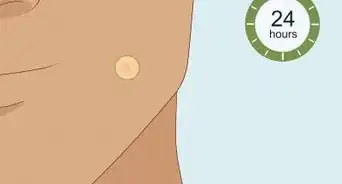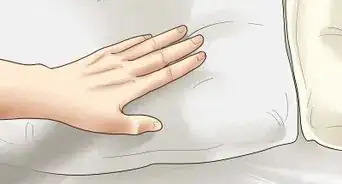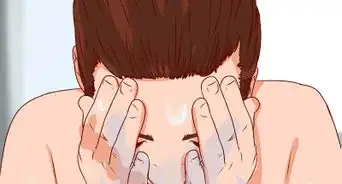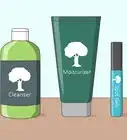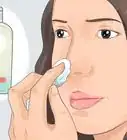This article was co-authored by Heather Richmond, MD. Dr. Heather Richmond, MD is a board certified Dermatologist at Dermatology and Laser Surgery Center in Houston, Texas. With over nine years of experience, Dr. Richmond specializes in comprehensive dermatology including medical, surgical, and cosmetic procedures. She graduated cum laude from Yale University with a BA in Molecular, Cellular, and Developmental Biology. She earned her MD from the University of California, Irvine School of Medicine, where she was inducted into the Alpha Omega Alpha Honor Medical Society. She completed her Internal Medicine internship at Cedars-Sinai Medical Center and her Dermatology residency at The University of Texas MD Anderson Cancer Center in Houston. Dr. Richmond is a fellow of the American Academy of Dermatology and is a member of the American Society for Dermatologic Surgery, American Society for Laser Medicine and Surgery, and the Texas and Houston Dermatological Societies.
There are 10 references cited in this article, which can be found at the bottom of the page.
This article has been viewed 16,434 times.
Benzoyl peroxide, which works to kill acne-causing bacteria, comes in a variety of formats.[1] In addition to prescription acne treatments, over-the-counter formulas are available in concentrations ranging from 2% to 10%.[2] When preparing to treat to your skin, wash your hands and face with a mild soap first. Then, follow the instructions for dosage outlined by your dermatologist or the product packaging. Be sure to rinse off or leave on the medicated product as directed.
Steps
Applying a Lotion, Gel, Foam, or Stick Formula
-
1Wash your face with warm water and a mild soap or facial cleanser. Before applying benzoyl peroxide, remove any makeup or other skin products. Start with clean hands and use a mild, non-medicated facial soap or cleanser to wash away oil and dirt from your face. Then pat your skin dry with a soft towel.[3]
- Refrain from using any exfoliating or abrasive products.
-
2Spread the medicated lotion, gel, foam, or stick formula into your skin. Squeeze a dollop of medicated lotion, gel, or foam into your palm. Then dab the product onto your skin with your fingertips. For a stick formula, swipe the solid medicated product over your skin. Aim for complete coverage of the affected area. Finally, massage it gently into your skin and leave it on.
- Follow the dosage amount recommended by your dermatologist or the over-the-counter product's packaging; don't use any more or less than directed.
- For most products, you'll need to apply a very thin layer of the benzoyl peroxide to prevent irritating your skin.[4]
- Don't rinse off a leave-on product. Likewise, don't leave on a medicated cleansing product that's designed to be rinsed off.
Advertisement -
3Use a leave-on lotion, gel, foam, or stick no more than 4 times each day. Apply the benzoyl peroxide as frequently or infrequently as your dermatologist recommends. A typical routine would be a morning and evening application. But don't exceed the maximum recommendations outlined by your dermatologist or your over-the-counter products' manufacturer.
- A benzoyl peroxide lotion or gel can be applied up to 4 times per day, while a stick or foam formula should be used only up to 3 times per day.[5]
-
4Wait at least 5 minutes before applying moisturizer or makeup. Benzoyl peroxide will dry out your skin, so apply a noncomedogenic moisturizer containing at least SPF 30 to your skin on a daily basis following treatment. Allow at least 5 minutes between the treatment and moisturizer application to allow your skin to fully absorb the benzoyl peroxide.[6] Follow up with cosmetics if you wish.
- Avoid using any facial products containing alcohol as these will further dry out your skin.
- Opt for high-quality, noncomedogenic foundation, concealer, and other products to prevent further irritation to your skin.
Washing with a Cleansing Bar or Liquid
-
1Moisten your affected skin with warm water. Start with clean hands and splash warm water onto the affected area. Medicated cleansing liquids and bars can be used to wash your face or back. Try washing your back in the shower, but feel free to wash your face over a sink.
- There's no need to use any other face wash beforehand. However, you should take off any makeup or other skin products before using benzoyl peroxide cleanser.
-
2Lather the medicated soap into the affected area. Pour a dollop of medicated liquid soap into your hand and massage it into either your face or back, as directed by your dermatologist or the over-the-counter product packaging. Or lather up a medicated cleansing bar and rub the suds into your skin.[7]
- Only apply benzoyl peroxide to affected parts of your back. Use a mild, non-medicated body wash or soap bar to cleanse the rest of your body in the shower
-
3Rinse off the medicated cleanser after 2 to 5 minutes.[8] Once you've spread the product across the affected area, allow it to sit undisturbed for around 2 to 5 minutes to allow the medication to work into your skin. Then rinse off the cleanser thoroughly with warm water.[9]
- Use a soft, non-abrasive towel to gently pat your skin dry.
- If you're washing your back, where the skin is thicker, leave the cleanser on closer to 5 minutes.
-
4Wash your skin with the medicated cleanser 1 to 3 times per day. A cleansing benzoyl peroxide bar can be used up to 3 times each day, while liquid formula should be used once or twice at most. A typical routine you can follow is washing your affected skin once in the morning and once before bed.
- Remember to closely follow your dermatologist's guidance and the product packaging for correct dosage and timing.[10]
Wearing a Facial Mask
-
1Wash your face with a non-medicated cleanser and warm water. Start with clean hands. Splash warm water onto your face and gently massage the soap into your face, before rinsing it off completely. Pat your skin dry using a soft towel.
- Remove any makeup and other skin products before using the mild cleanser.
- Only use non-medicated cleanser and nothing abrasive or exfoliating that may irritate your skin.[11]
-
2Smear the facial mask onto dry skin in a thick layer. Pick up a dollop of the product with your fingertips and dab it onto your face. Build up an opaque layer that completely covers the affected area.[12] Then wash your hands with soap to remove the excess.
- Refrain from applying the mask to non-affected areas, or getting the benzoyl peroxide in sensitive areas like your eyes, nose, and mouth.
-
3Wait 15 to 25 minutes before rinsing off the mask with warm water. Leave the mask on for about 15 to 25 minutes, or as directed by your dermatologist or the product manufacturer. The mask may start to dry but don't disturb it. After the time is up, thoroughly rinse off the medicated product from your face and pat your skin dry.[13]
- You may want to wash your hands again after rinsing your face.
-
4Apply a medicated face mask once each week. Unlike other formulae, a face mask shouldn't be used daily. Instead, apply it just 1 time per week. Follow the timing and dosage instructions outlined by your dermatologist for the best results.[14]
Using a Medicated Shaving Cream
-
1Moisten the affected skin with warm water. With clean hands and a clean face, splash warm water onto your chin and jaw area.[15]
- Don't dry off your skin; keep it moist to allow the shaving cream to soften and medicate your skin.
-
2Rub the medicated shaving cream into your skin before shaving. Use a moderate amount of cream, such as a quarter-sized dollop, as directed by your dermatologist or the product's usage directions. Massage it gently into your skin, covering the affected area as well as everywhere else you'll be shaving.[16] Then proceed to shave as you usually do.
- Make sure to use a clean, sharp razor to prevent irritating your skin.
-
3Rinse off your face with warm water and pat your skin dry. After shaving, splash your face with warm water to wash away all of the stubble debris and benzoyl peroxide cream. Use a soft towel to gently pat your skin dry.
- Rinse off your razor under warm water as well to completely remove the medicated product.
- Refrain from applying any aftershave. Aftershave will dry out your skin and may cause irritation.[17]
Expert Q&A
Did you know you can get expert answers for this article?
Unlock expert answers by supporting wikiHow
-
QuestionHow much benzoyl peroxide should I apply?
 Heather Richmond, MDDr. Heather Richmond, MD is a board certified Dermatologist at Dermatology and Laser Surgery Center in Houston, Texas. With over nine years of experience, Dr. Richmond specializes in comprehensive dermatology including medical, surgical, and cosmetic procedures. She graduated cum laude from Yale University with a BA in Molecular, Cellular, and Developmental Biology. She earned her MD from the University of California, Irvine School of Medicine, where she was inducted into the Alpha Omega Alpha Honor Medical Society. She completed her Internal Medicine internship at Cedars-Sinai Medical Center and her Dermatology residency at The University of Texas MD Anderson Cancer Center in Houston. Dr. Richmond is a fellow of the American Academy of Dermatology and is a member of the American Society for Dermatologic Surgery, American Society for Laser Medicine and Surgery, and the Texas and Houston Dermatological Societies.
Heather Richmond, MDDr. Heather Richmond, MD is a board certified Dermatologist at Dermatology and Laser Surgery Center in Houston, Texas. With over nine years of experience, Dr. Richmond specializes in comprehensive dermatology including medical, surgical, and cosmetic procedures. She graduated cum laude from Yale University with a BA in Molecular, Cellular, and Developmental Biology. She earned her MD from the University of California, Irvine School of Medicine, where she was inducted into the Alpha Omega Alpha Honor Medical Society. She completed her Internal Medicine internship at Cedars-Sinai Medical Center and her Dermatology residency at The University of Texas MD Anderson Cancer Center in Houston. Dr. Richmond is a fellow of the American Academy of Dermatology and is a member of the American Society for Dermatologic Surgery, American Society for Laser Medicine and Surgery, and the Texas and Houston Dermatological Societies.
Board Certified Dermatologist
Warnings
- Your skin will be more sensitive to sun exposure after benzoyl peroxide treatment. Apply a moisturizer containing at least SPF 30 before going outside.⧼thumbs_response⧽
- Avoid getting benzoyl peroxide in your eyes, mouth, and nose. It's intended only for topical use, but refrain from applying it to sensitive areas like sunburned or wounded skin. If you do get the product on any of these areas, immediately rinse it off with water.[23]⧼thumbs_response⧽
- Benzoyl peroxide will bleach dark fabrics, so avoid wearing dark clothes or using dark towels during application.[24]⧼thumbs_response⧽
- Benzoyl peroxide is toxic to some pets, so don't let your cat or dog lick your face after application.[25]⧼thumbs_response⧽
References
- ↑ https://www.teenvogue.com/story/salicylic-acid-versus-benzoyl-peroxide
- ↑ https://www.aad.org/media/news-releases/dermatologists-advise-patients-that-over-the-counter-acne-products-can-have-benefits-and-a-place-on-their-medicine-shelf
- ↑ https://medlineplus.gov/druginfo/meds/a601026.html
- ↑ Heather Richmond, MD. Board Certified Dermatologist. Expert Interview. 15 September 2020.
- ↑ https://www.mayoclinic.org/drugs-supplements/benzoyl-peroxide-topical-route/proper-use/drg-20062425
- ↑ https://www.verywellhealth.com/tips-for-using-benzoyl-peroxide-15959
- ↑ https://www.aad.org/public/diseases/acne-and-rosacea/back-acne-how-to-see-clearer-skin
- ↑ Heather Richmond, MD. Board Certified Dermatologist. Expert Interview. 15 September 2020.
- ↑ https://www.aad.org/public/diseases/acne-and-rosacea/back-acne-how-to-see-clearer-skin
- ↑ https://www.mayoclinic.org/drugs-supplements/benzoyl-peroxide-topical-route/proper-use/drg-20062425
- ↑ https://medlineplus.gov/druginfo/meds/a601026.html
- ↑ https://www.mayoclinic.org/drugs-supplements/benzoyl-peroxide-topical-route/proper-use/drg-20062425
- ↑ https://www.mayoclinic.org/drugs-supplements/benzoyl-peroxide-topical-route/proper-use/drg-20062425
- ↑ https://www.pdr.net/drug-summary/Benzoyl-Peroxide-Lotion-benzoyl-peroxide-2952
- ↑ https://www.mayoclinic.org/drugs-supplements/benzoyl-peroxide-topical-route/proper-use/drg-20062425
- ↑ https://www.mayoclinic.org/drugs-supplements/benzoyl-peroxide-topical-route/proper-use/drg-20062425
- ↑ https://www.mayoclinic.org/drugs-supplements/benzoyl-peroxide-topical-route/proper-use/drg-20062425
- ↑ https://www.uofmhealth.org/health-library/d03857a1
- ↑ https://medlineplus.gov/druginfo/meds/a601026.html
- ↑ https://medlineplus.gov/druginfo/meds/a601026.html
- ↑ https://www.aad.org/media/news-releases/dermatologists-advise-patients-that-over-the-counter-acne-products-can-have-benefits-and-a-place-on-their-medicine-shelf
- ↑ https://www.mayoclinic.org/drugs-supplements/benzoyl-peroxide-topical-route/proper-use/drg-20062425
- ↑ https://medlineplus.gov/druginfo/meds/a601026.html
- ↑ https://www.teenvogue.com/story/salicylic-acid-versus-benzoyl-peroxide
- ↑ https://www.facingacne.com/benzoyl-peroxide-treat-acne/
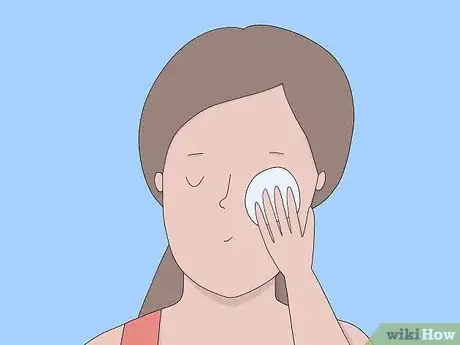
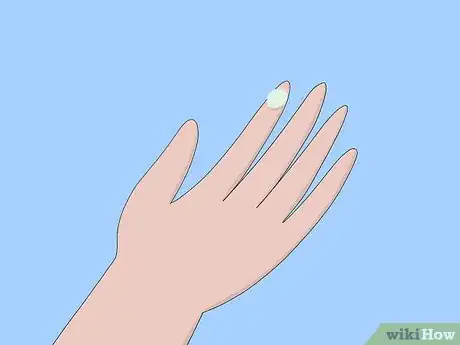

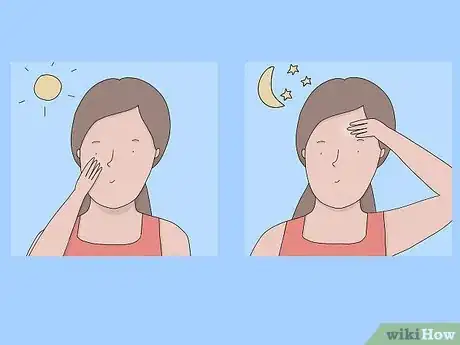
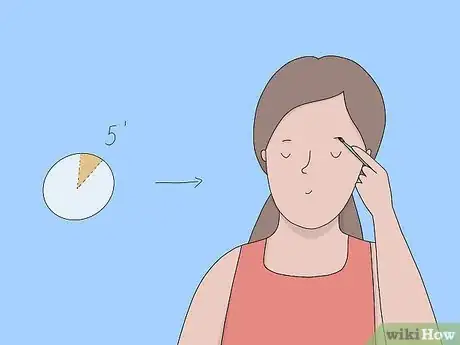
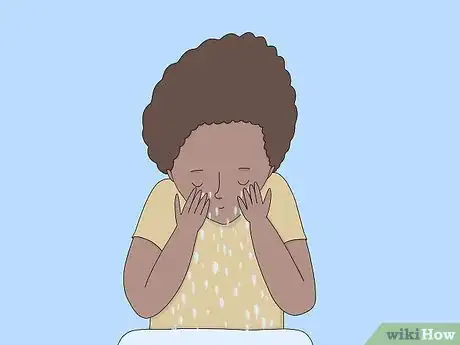


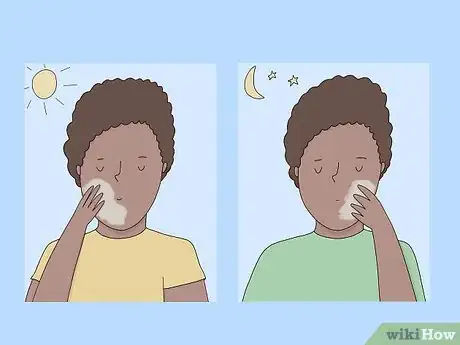
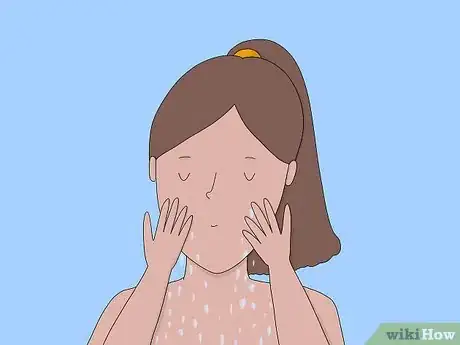
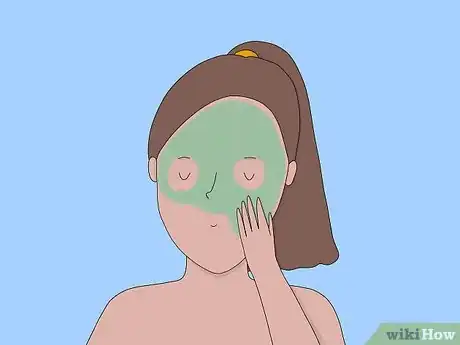
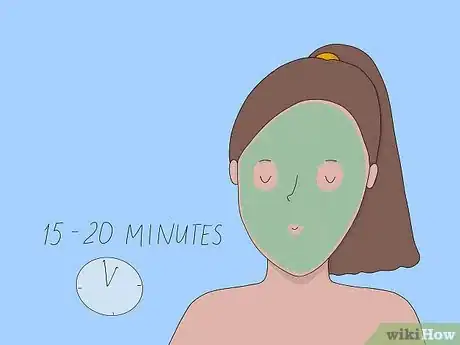
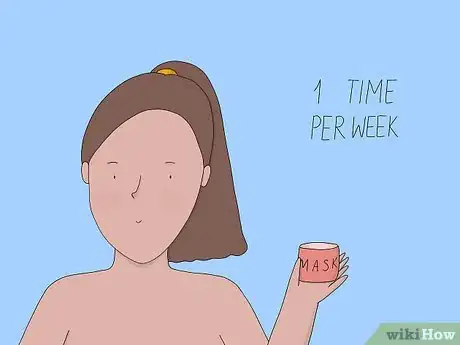
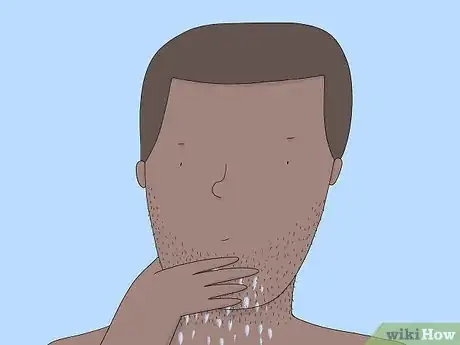



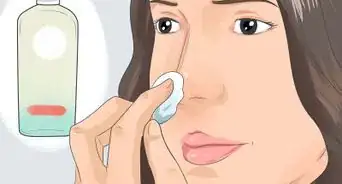
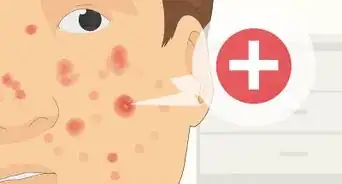

-Step-8-Version-2.webp)


